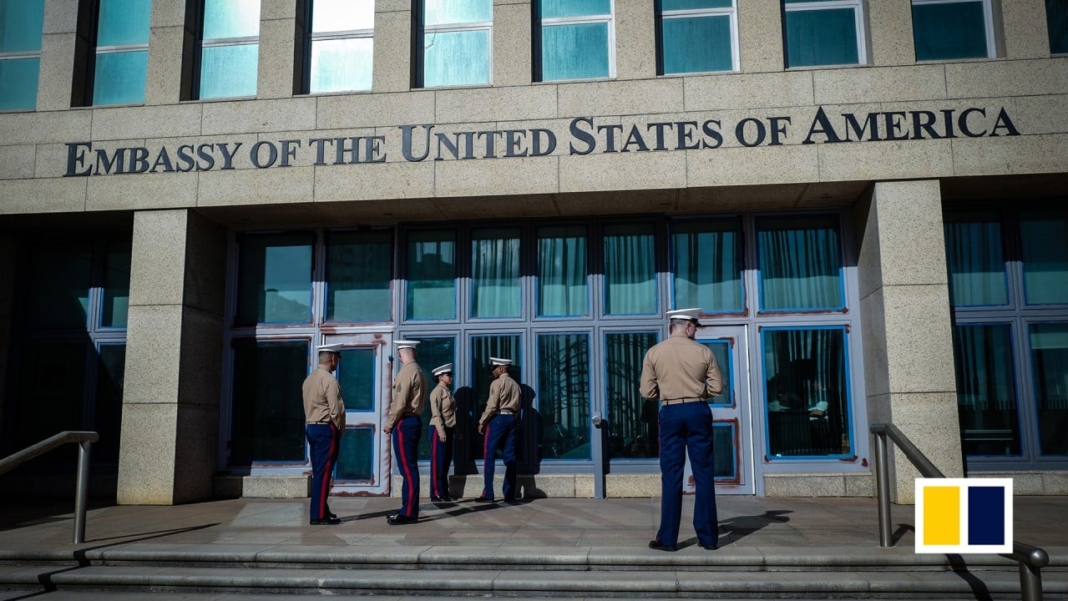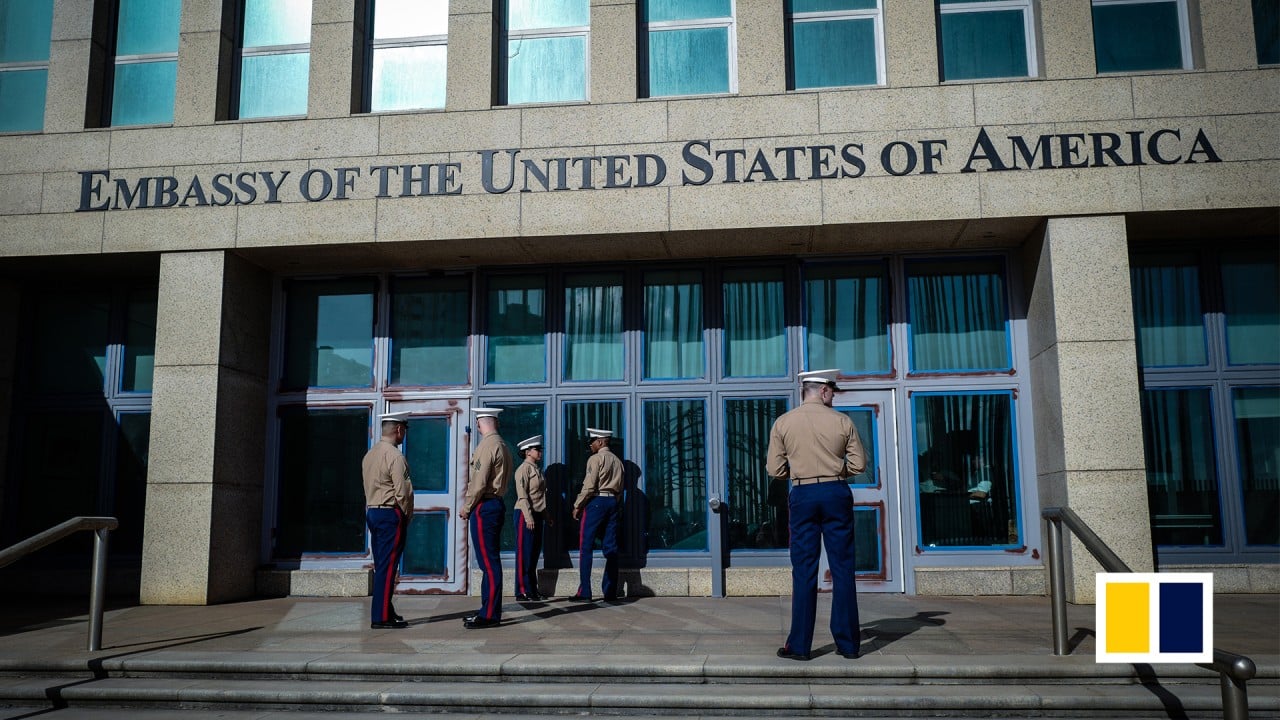“These individuals have real symptoms and are going through a very tough time,” said Dr Leighton Chan, NIH’s chief of rehabilitation medicine, who helped lead the research. “They can be quite profound, disabling and difficult to treat.”
Yet sophisticated MRI scans detected no significant differences in brain volume, structure or white matter – signs of injury or degeneration – when Havana Syndrome patients were compared to healthy government workers with similar jobs, including some in the same embassy.
Nor were there significant differences in cognitive and other tests, according to findings published in the Journal of the American Medical Association.
‘Havana Syndrome’ not caused by foreign adversary, US intel finds
‘Havana Syndrome’ not caused by foreign adversary, US intel finds
While that couldn’t rule out some transient injury when symptoms began, researchers said it’s good news that they couldn’t spot long-term markers on brain scans that are typical after trauma or stroke.
That “should be some reassurance for patients,” said study co-author Louis French, a neuropsychologist at Walter Reed National Military Medical Centre who treats Havana Syndrome. “It allows us to focus on the here and now, to getting people back to where they should be.”
A subset, about 28 per cent, of Havana Syndrome cases were diagnosed with a balance problem called persistent postural-perceptual dizziness, or PPPD.
Linked to inner-ear problems as well as severe stress, it results when certain brain networks show no injury but don’t communicate properly.
French called it a “maladaptive response”, much like how people who’ve slouched to alleviate back pain can have posture trouble even after the pain is gone.
The Havana Syndrome participants reported more fatigue, posttraumatic stress symptoms and depression.
The findings are the latest in an effort to unravel a mystery that began when personnel at the US embassy in Cuba began seeking medical care for hearing loss and ear-ringing after reporting sudden weird noises.
Similar reports of the illness later emerged from embassy staff in China, Europe and US capital Washington.
Early on, there was concern that Russia or another country may have used some form of directed energy to attack Americans.
But last year, US intelligence agencies said there was no sign a foreign adversary was involved and that most cases appeared to have different causes, from undiagnosed illnesses to environmental factors.
Some patients have accused the government of dismissing their ailments. And in an editorial in JAMA on Monday, one scientist called for more research to prepare for the next such health mystery, cautioning that NIH’s study design plus the limits of existing medical technology could have missed some clues.
Havana Syndrome? It’s more like the US Embassy Syndrome
Havana Syndrome? It’s more like the US Embassy Syndrome
“One might suspect that nothing or nothing serious happened with these cases. This would be ill-advised,” wrote Dr David Relman of Stanford University. In 2022, he was part of a government-appointed panel that couldn’t rule out that a pulsed form of energy could explain a subset of cases.
The NIH study, which began in 2018 and included more than 80 Havana Syndrome patients, wasn’t designed to examine the likelihood of some weapon or other trigger for Havana Syndrome symptoms. Chan said the findings don’t contradict the intelligence agencies’ conclusions.
If some “external phenomenon” was behind the symptoms, “it did not result in persistent or detectable pathophysiologic change,” he said.
The State Department said it was reviewing NIH’s findings but that its priority was ensuring affected employees and family members “are treated with respect and compassion and receive timely access to medical care and all benefits to which they are entitled”.
Additional reporting by Agence France-Presse
Source: scmp.com




